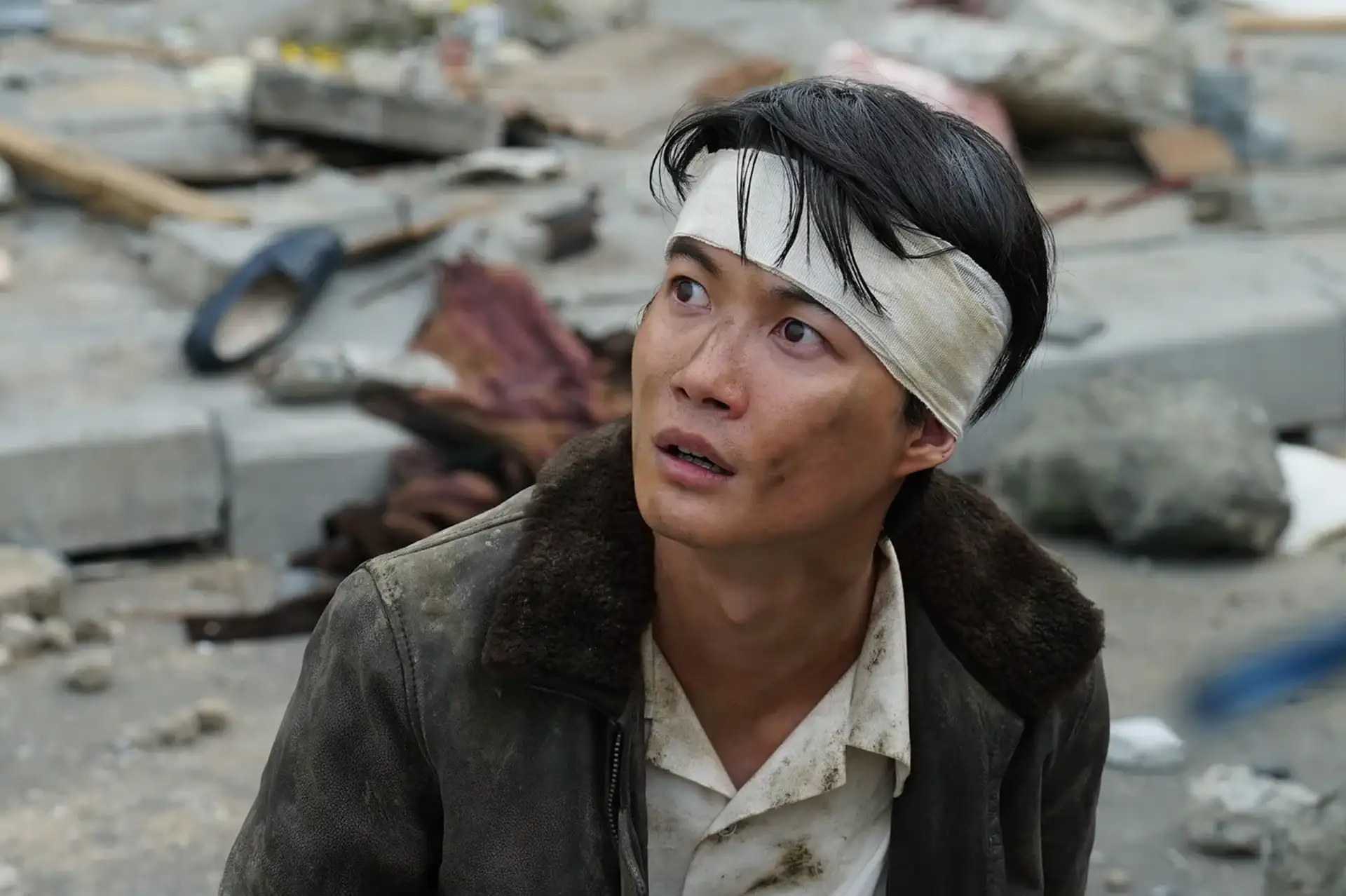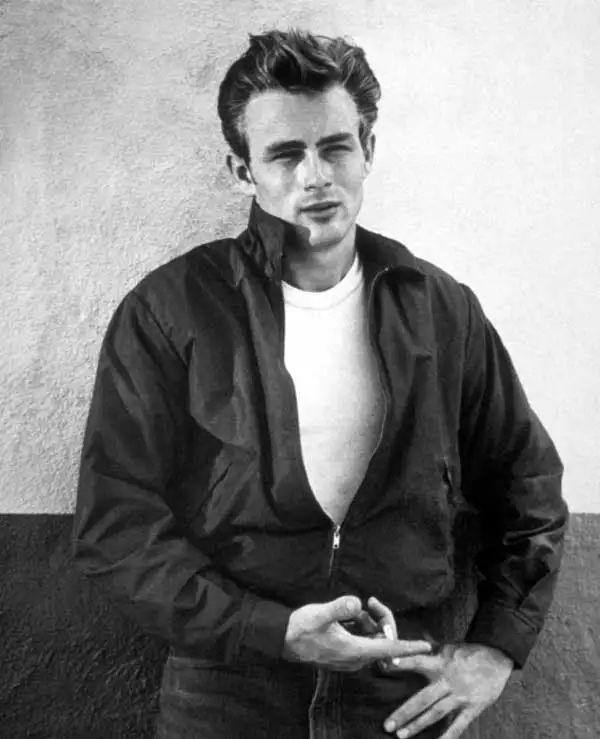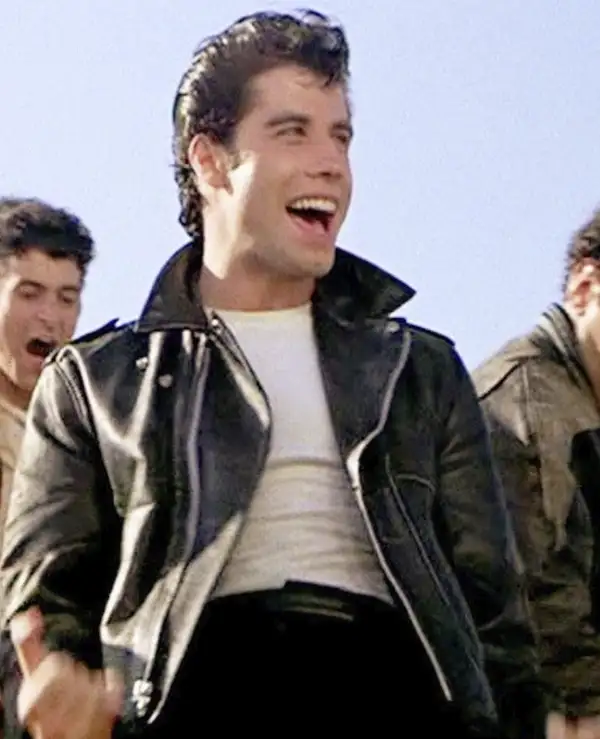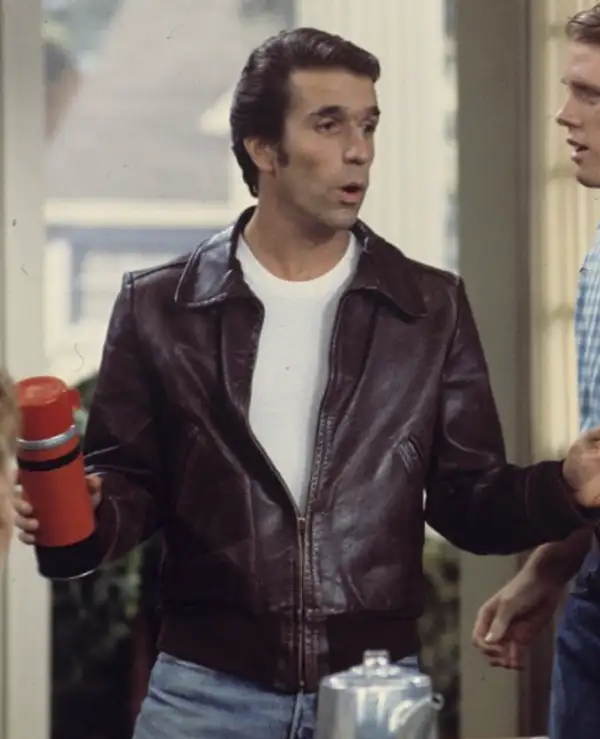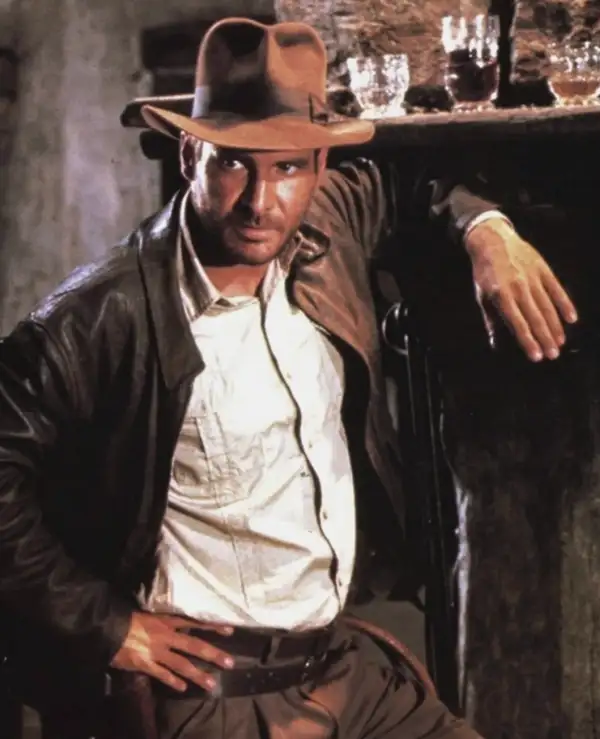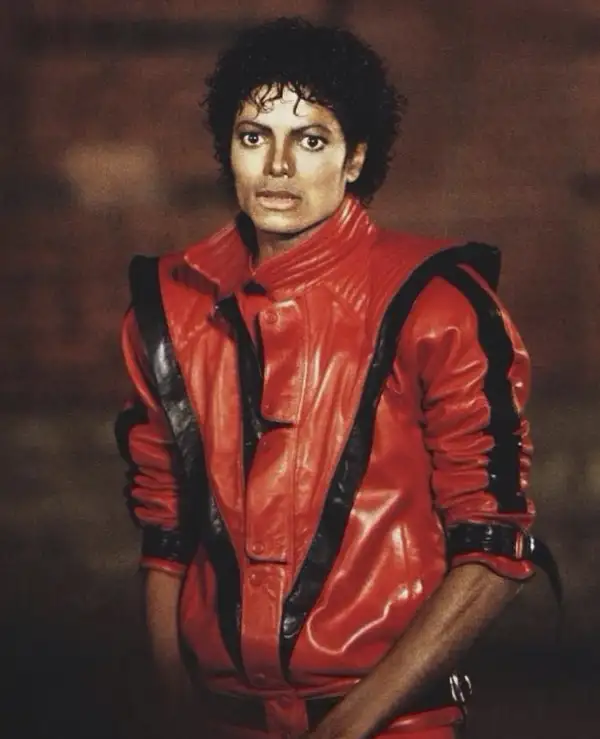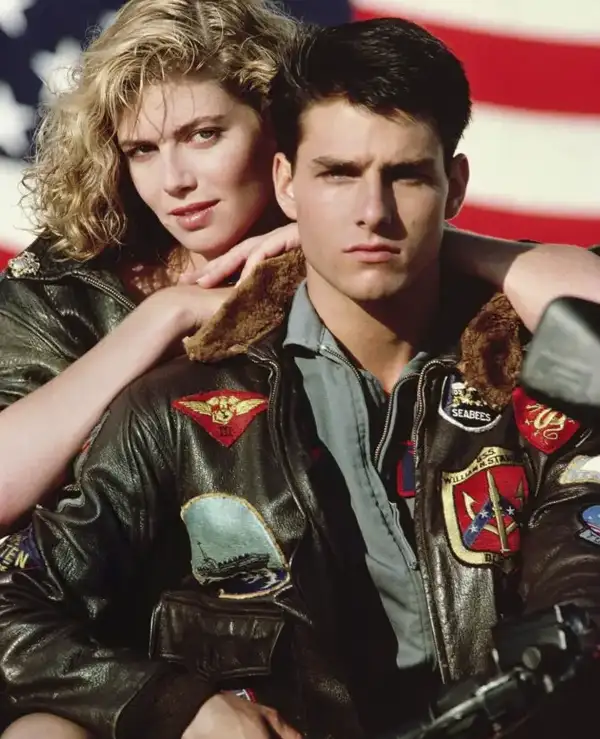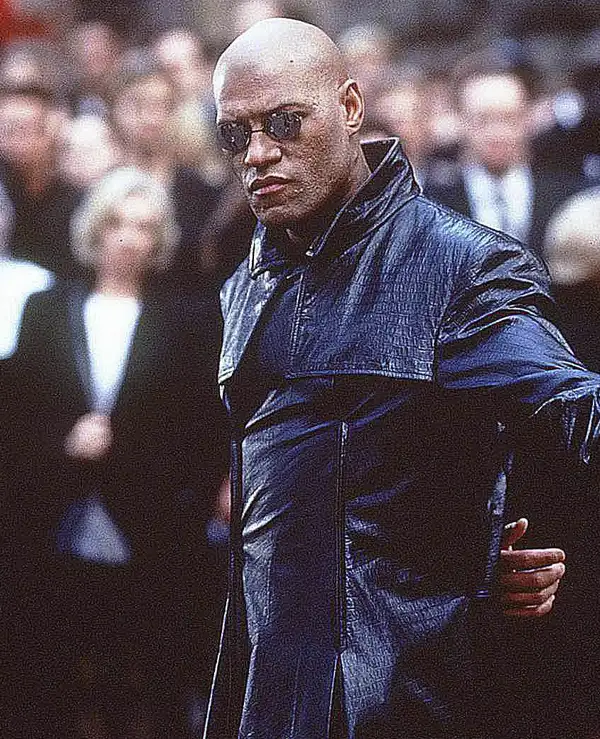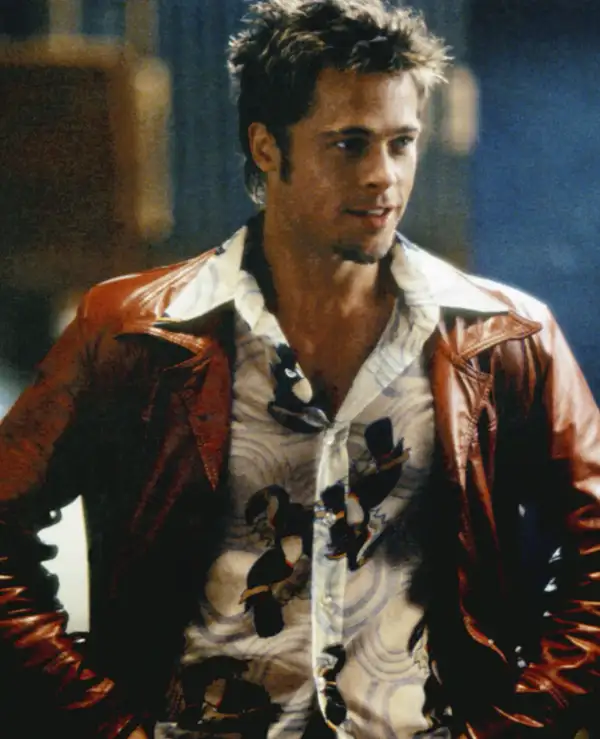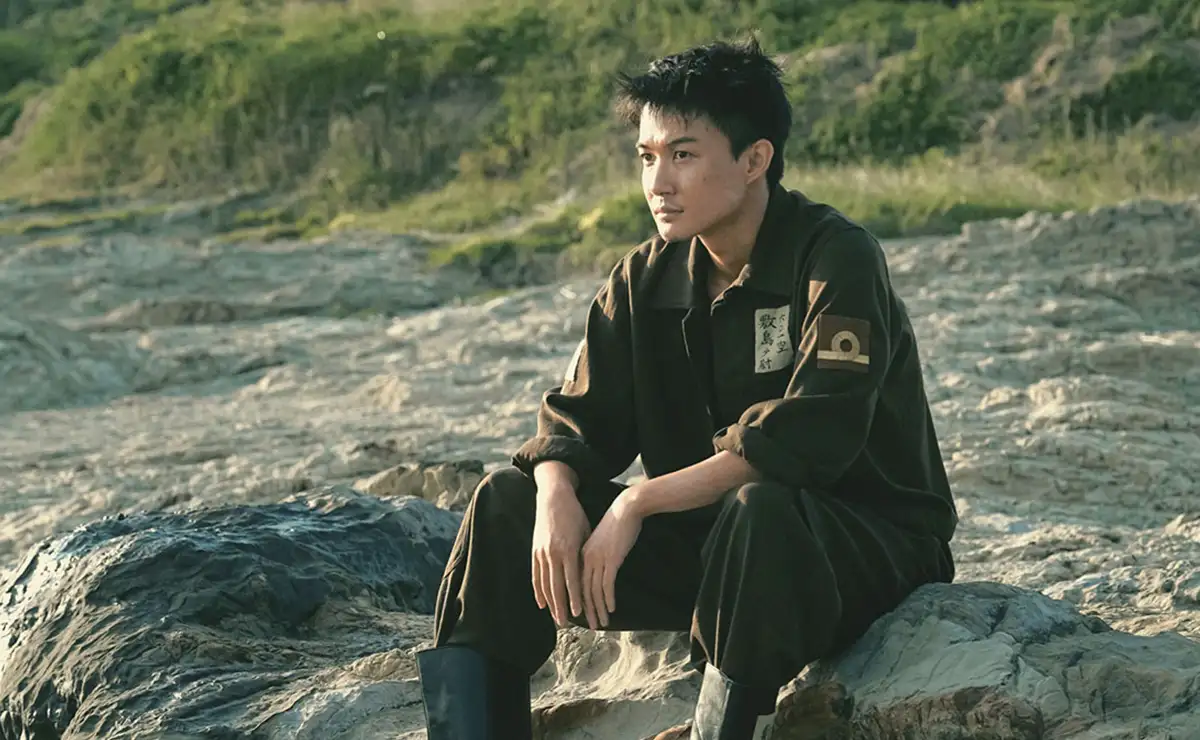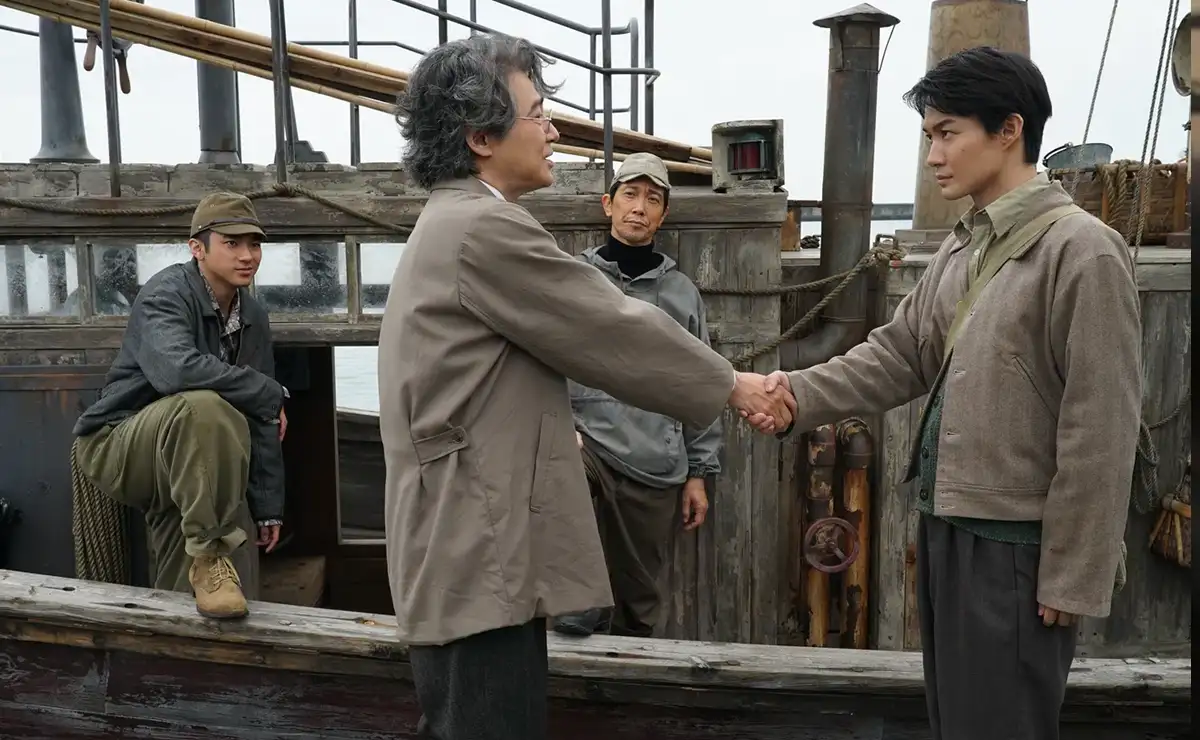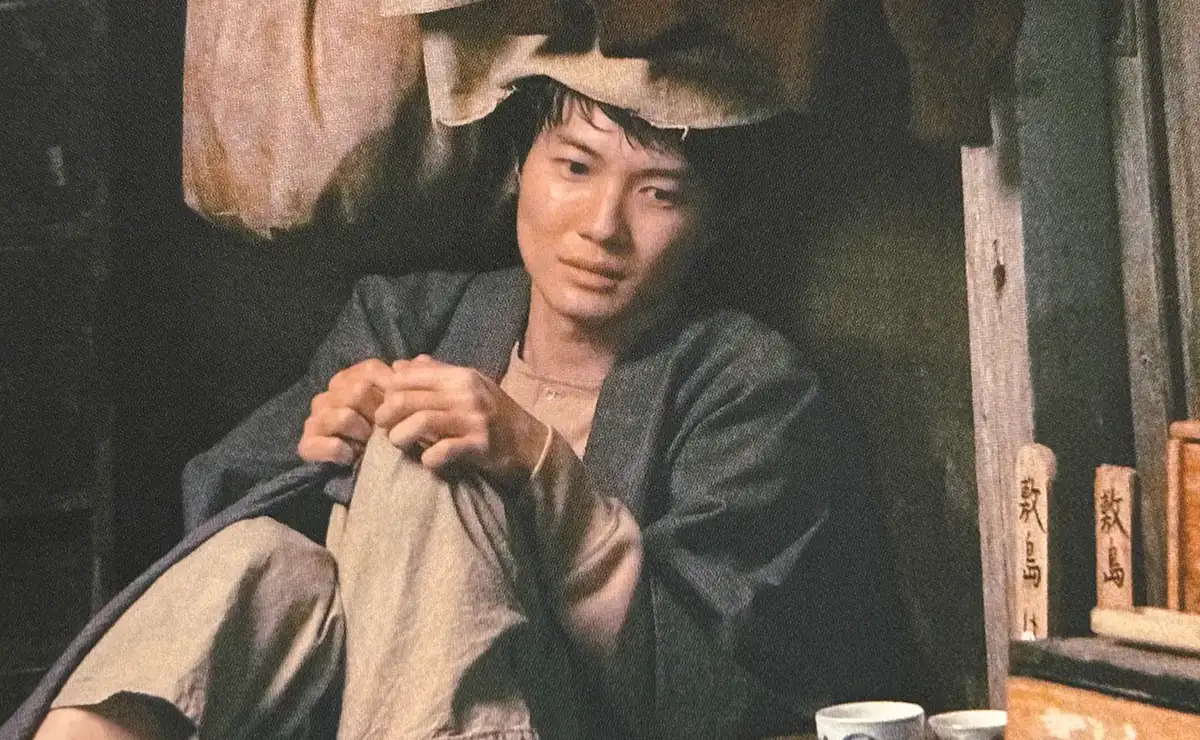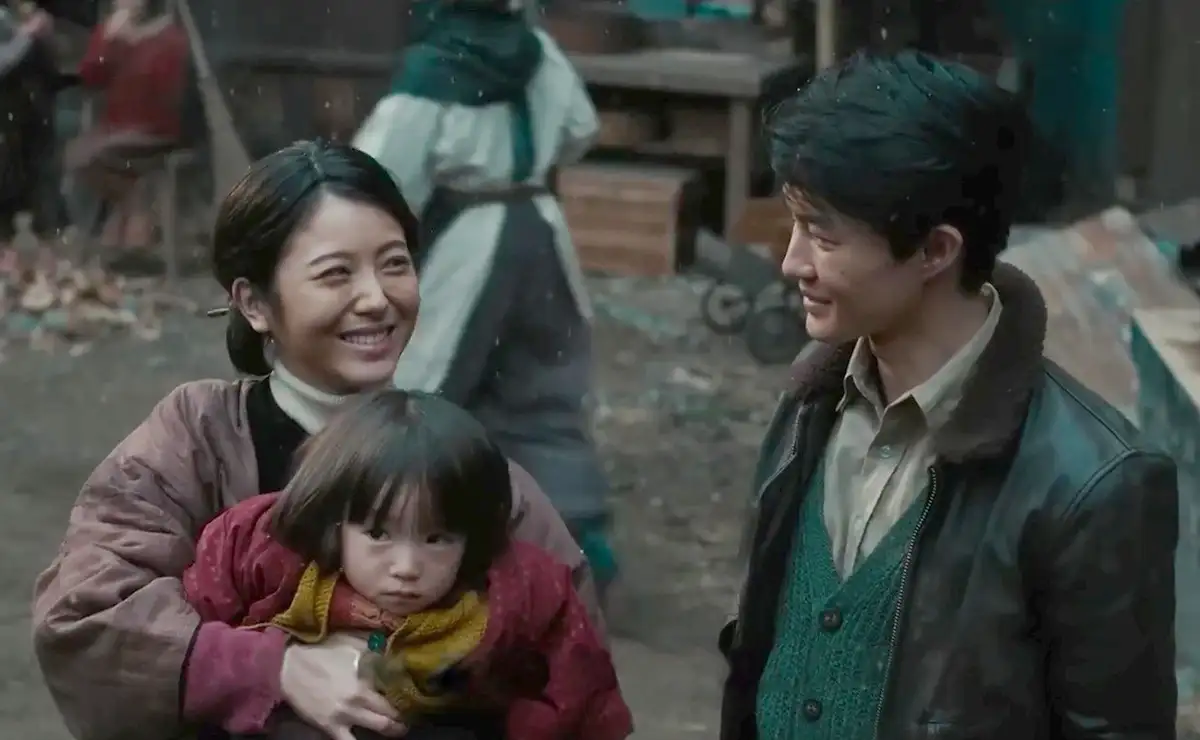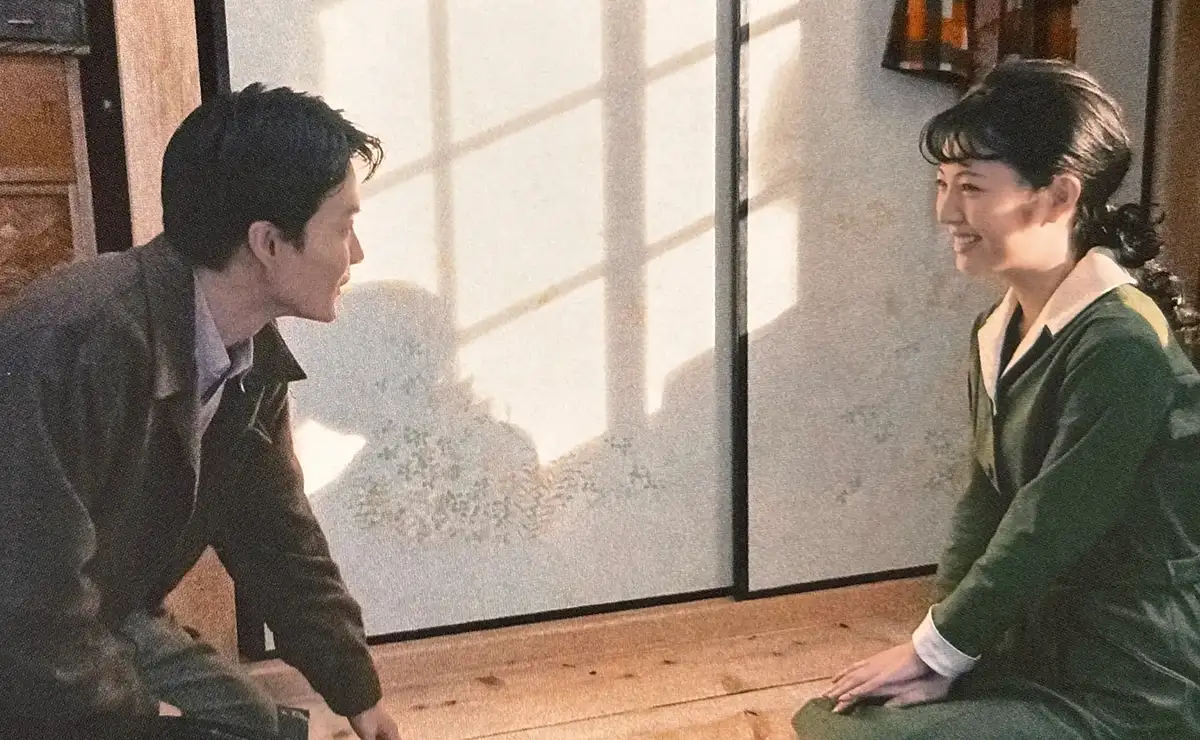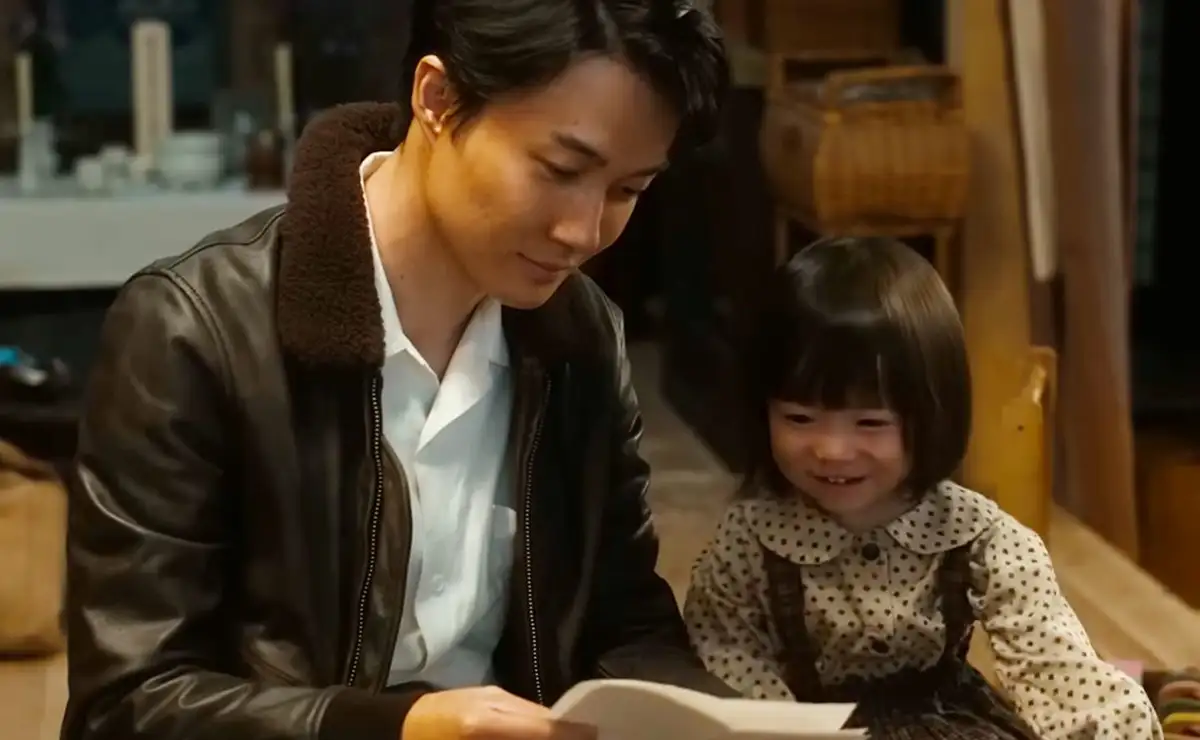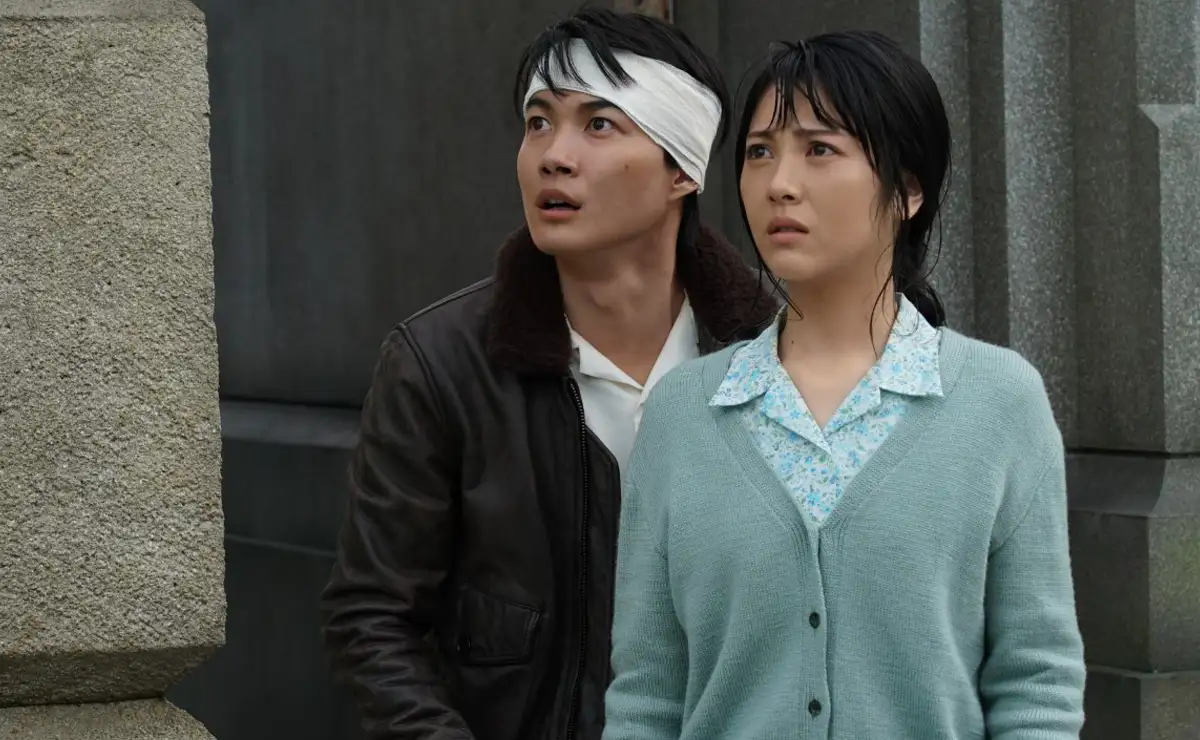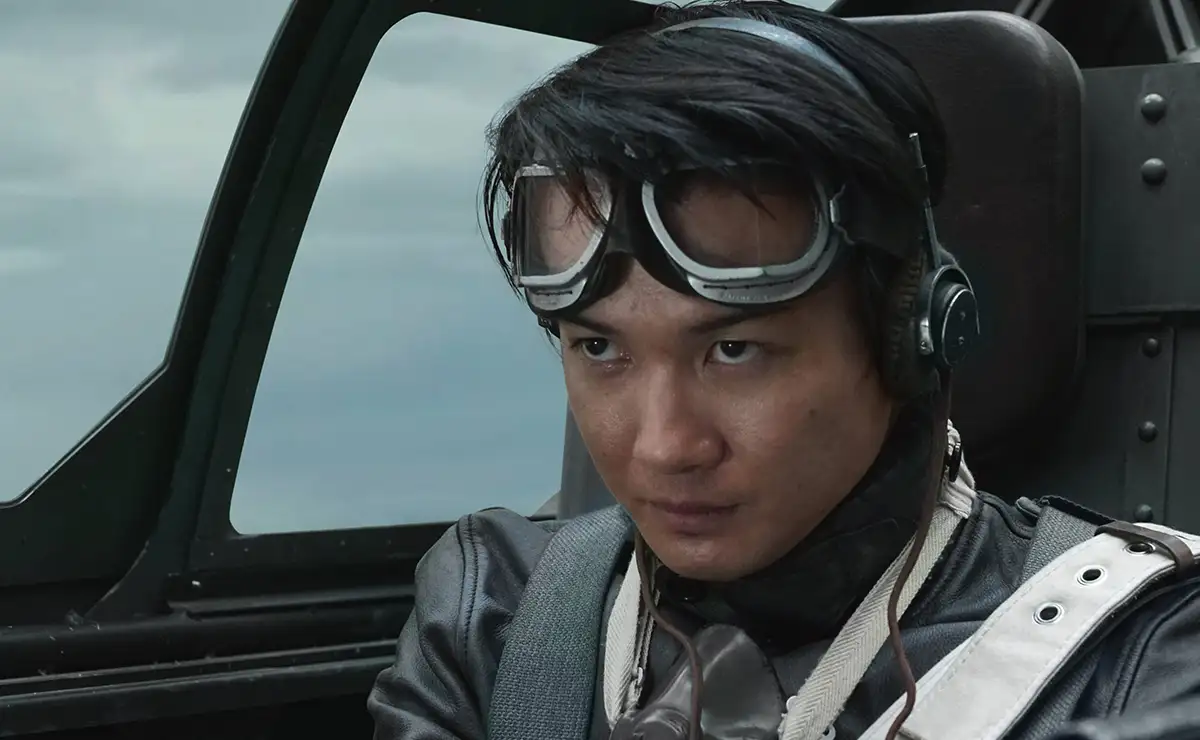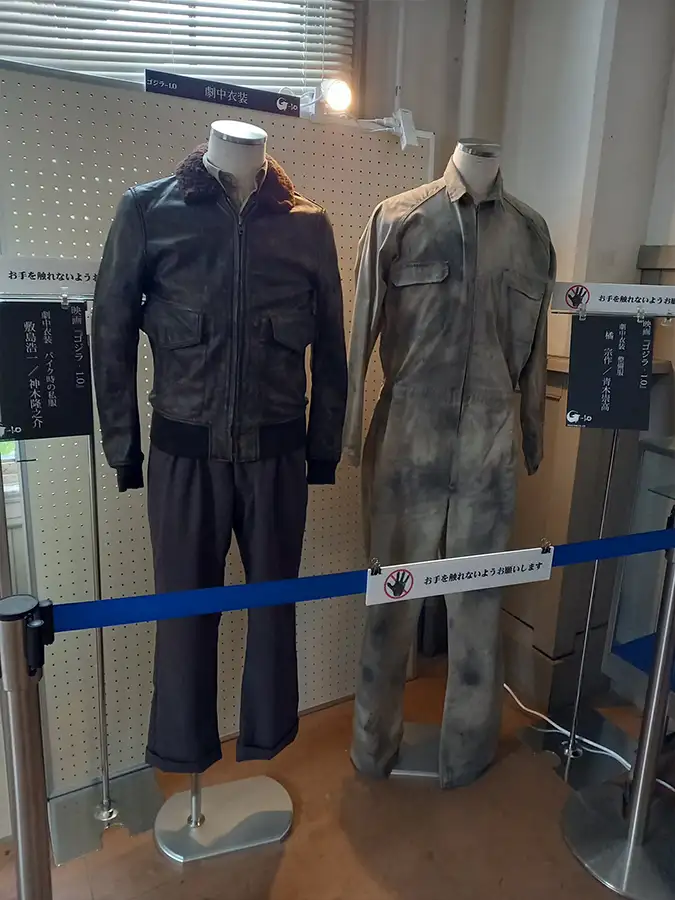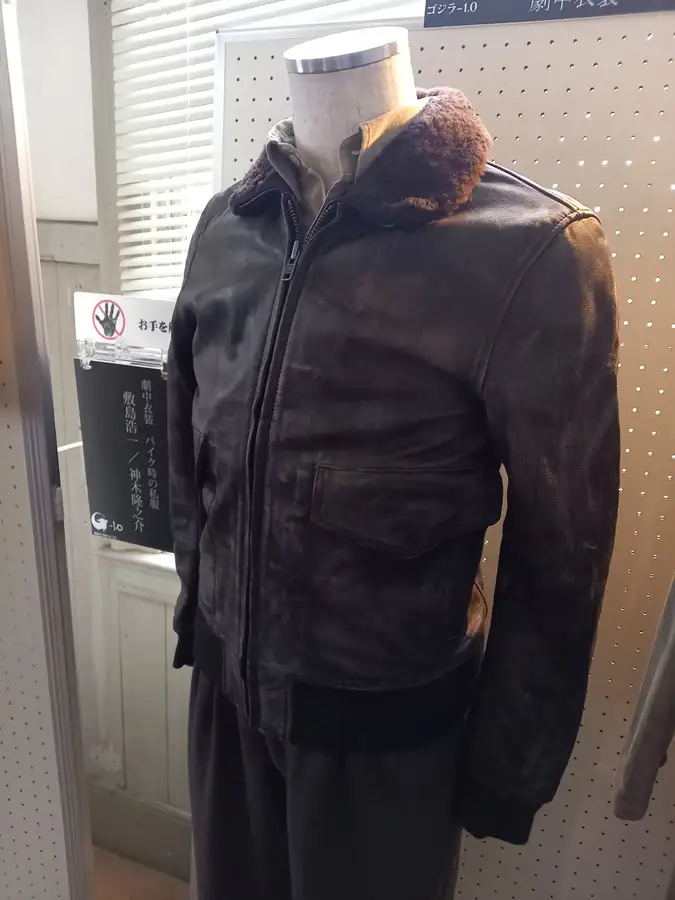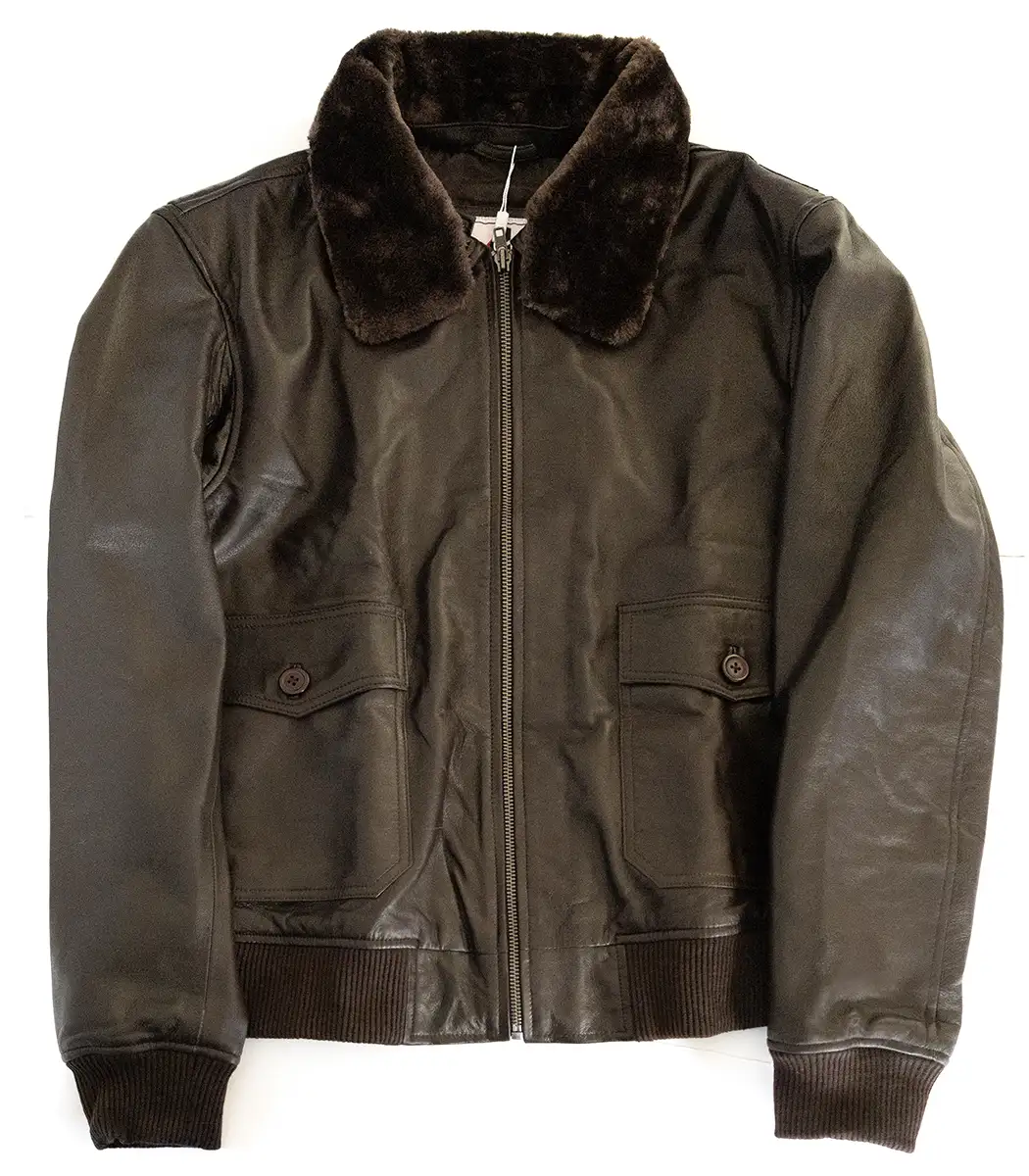2.27.2024 (REV 2.29)
Growing up tv stars, movie stars and pop artists made leather jackets cool, highly fashionable and desirable. There was James Dean in Rebel Without a Cause (1955), John Travolta in Grease (1978), Henry Winkler’s as the Fonzie on Happy Days (1974), Harrison Ford as Indiana Jones in Raiders of the Lost Ark (1981), Michael Jackson in his Thriller (1982), Tom Cruise as the Maverick in Top Gun (1986), Arnold Schwarzenegger as the Terminator (1984), Laurence Fishburne’s Morpheus in The Matrix (1999) and Brad Pitt in Fight Club (1999), to name a few. They were the definition of cool, calm and collective. They took wearing leather jackets to the next level. After Godzilla Minus One, add Ryunosuke Kamiki’s Koichi Shikishima to the list.
